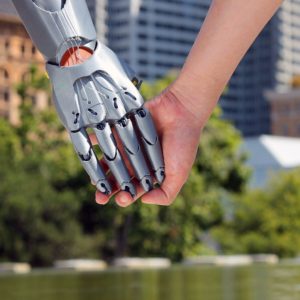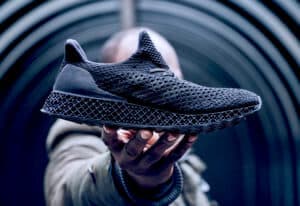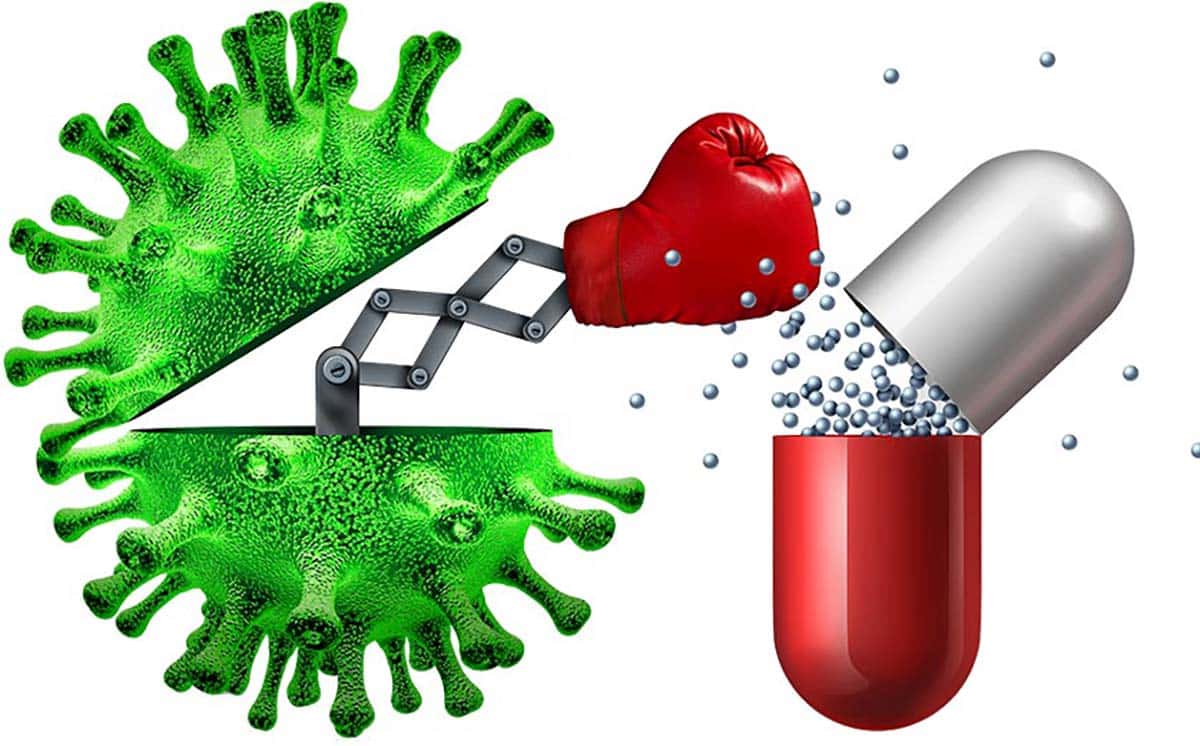Revolutionizing Business Through 3D Printing

Charles W. Hull is the patent holder of the first 3D printing system described in 1986. Hull’s method, “stereolithography,” produces solid objects using digital data. Entire objects are assembled by successively printing and adhering thin layers of a UV curable material on top of each other [4]. Hull co-founded the company 3D systems which went on to commercialize the first stereolithographic apparatus (SLA), or 3D printer, in 1987.
3D Bioprinting Techniques
In 3D bioprinting, layers of biological materials, biochemical, and living cells are precisely positioned to create 3D structures [10]. The three principal 3D bioprinting methods are biomimicry, autonomous self-assembly, and mini-tissue building blocks. These techniques are likely to be combined to 3D print complex biological structures.
In biomimicry, an object identical to a biological tissue or organ is printed.
Autonomous self-assembly is a scaffoldless approach that exploits cell-cell adhesion and the ability of cultured cells to grow their own extracellular matrix in order to engineer fully biological tissues with specific compositions and shapes [6].
Mini-tissues, the smallest structural and functional components, or “building blocks,” of tissues, can be created and assembled into larger structures by rational design, self-assembly, or both [10].
3D Bioprinting Advances
The first laboratory-grown organ was implanted into a patient in 1999. A urinary bladder was developed using scaffolds coated with autologous cells, preventing rejection by the patient and demonstrating the potential of organ engineering using other methods, such as 3D printing, in the future.
3D printing has recently been utilized to construct ears, bones, and vascular networks [7,8,9]. In 2011, a lower-jaw created by a LayerWise 3D printer was implanted into a woman in the Netherlands [12]. Moreover, 3D printed scaffolds are being investigated for dental applications [2]. A 3D printed custom resorbable airway splint has successfully treated tracheobronchomalacia in newborns and was approved by the FDA under emergency-use exemption [15].
The first 3D printed prosthetic limb was used in 2008. The World Health Organization (WHO) projects that 30 million people in Africa, Asia, and Latin America are in need of prosthetics [15]. A typical prosthetic limb costs between $125-$1,875 USD in developing countries; however, the average annual family income in these areas is $300 USD [14]. With children needing approximately 25 limbs and adults needing 20 limbs over their lifetimes [11], the possibility of the prosthetic industry to overwhelmingly turn to 3D printing will increase access and improve the livelihoods of millions. This is especially crucial in developing countries where lacking a limb prevents mobility due to rough roadways and work opportunity due to the high demand for manual labor.
The advances in 3D printing will transform healthcare. 3D printing will increase cost efficiency, productivity, and personalized approaches to health services.
How has 3D printing been utilized in other industries?

3D printed food could be a part of our future. In 2014, the company Natural Machines unveiled the Foodini, its food 3D printer. In 2016, Food Ink used its byFlow Focus 3D printer to open a pop-up restaurant in London. However, the consequences of artificially manufactured foods on a molecular level both currently and in the future are unknown.
Transportation industries are expected to expand their use of 3D printing as well. In 2011, Kor Ecologic revealed its car, Urbee, with a 3D printed body, and the first 3D printed aircraft was created at the University of Southampton. 3D printing these items is expected to produce less waste and speed up delivery times.
What does all of this mean for business?
Overall, the 3D printing industry is expected to more than quadruple sales to $26 billion by 2022 [1].
Legal and ethical ramifications are likely to arise. With 3D printers expected to decrease in price and become more widely available to consumers over the next 10 years, the printing of illegal or dangerous goods, such as weapons, is probable.
As for entrepreneurs, finding markets that are not easily replaceable by technological advances and are sustainable in the future is vital. The lack of ability to foresee changes is a major flaw in today’s business climate, even leading Ford to fire its CEO. As stated by Ford’s new CEO, Jim Hackett, “Let’s imagine how people are going to want to work in the future, and then lets build the company around that [5].”
About the Author:
Leila Bonakdar holds a Bachelor’s degree in biology from the University of California, Berkeley.
References:
- “Adidas Will Mass-Produce 3D-Printed Sneakers With This Silicon Valley Startup.” 6 April 2017. http://fortune.com/2017/04/07/adidas-3d-printing-sneakers-carbon/.
- Fielding, G.A., et al. “Effects of SiO2 and ZNO doping on mechanical and biological properties of 3D printed TCP scaffolds.” Dent Mater. 28(2): 113-122. 2012.
- “How Adidas Is Keeping Up the Pressure on Nike and Under Armour.” 7 March 2017. http://fortune.com/2017/03/08/adidas-nike-under-armour-pressure/.
- Hull, C.W. “Apparatus for production of three-dimensional objects by stereolithography.” Google Patents. US 4575330 A. 1986.
- Isidore, Chris. “Why Ford fired its CEO.” 22 May 2017. http://money.cnn.com/2017/05/22/news/companies/ford-ceo-fields-hackett/index.html.
- Jakab, K., et al. “Tissue engineering by self-assembly and bioprinting of living cells.” Biofabrication, 2:022001. 2010.
- Leukers, B., et al. “Hydroxyapatite scaffold for bone tissue engineering made by 3D printing.” J Mater Sci Makter Med. 16:1121-1124. 2005.
- Mannoor, M.S., et al. “3D Printed bionic ears.” Nano Lett. 13: 2634-2639. 2013.
- Miller, J.S., et al. “Rapid casting of patterned vascular networks for perfusable engineered three-dimensional tissues.” Nat Mater. 11: 768-774. 2012.
- Murphy, S.V., et al. “3D bioprinting of tissues and organs.” Nat Biotechnol. 32: 773-785. 2014.
- “The Need for Cheap Prosthetics Around the World” http://www.ispo.ws.
- “Transplant jaw made by 3D printer claimed as first.” BBC News. 8 March 2012. http://www.bbc.com/news/technology-16907104.
- Walsh, N.E., et al. “Rehabilitation of landmine victims – the ultimate challenge.” 2003.
- “World Report on Disability.” 2011.
- Zopf, D.A. “Bioresorbable Airway Splint Created with a Three-Dimensional Printer.” N Engl J Med. 368: 2043-2045. 2013.
- “Adidas Makes First 3D Shoe Available for Purchase with Exclusive Drop. Adidas. 12 December 2016. http://news.adidas.com/US/Latest-News/ALL/adidas-makes-first-3d-shoe-available-for-purchase-with-exclusive-drop/s/7004e8fa-324b-4b71-bc2f-aacf3d61b135.
- Pethc, Michael. “Advances in 3D Printing Prosthetics Will Change Lives.” 3D Printing Industry. 24 July 2016. https://3dprintingindustry.com/news/advances-3d-printing-prosthetics-will-change-lives-87893/.

